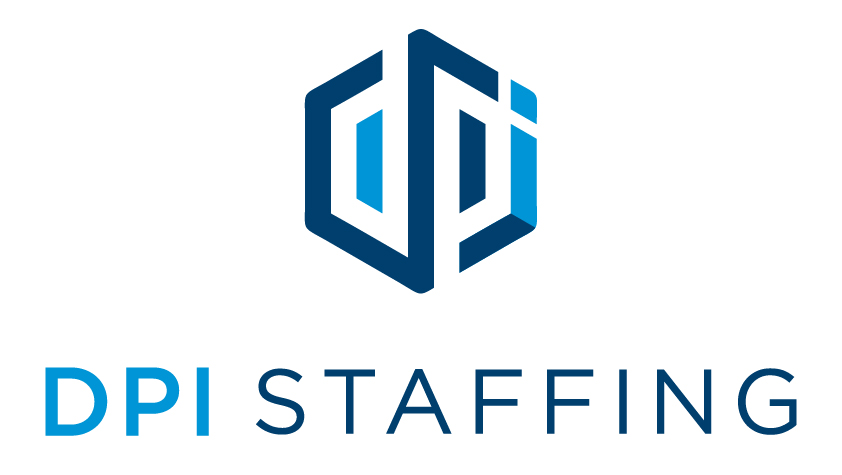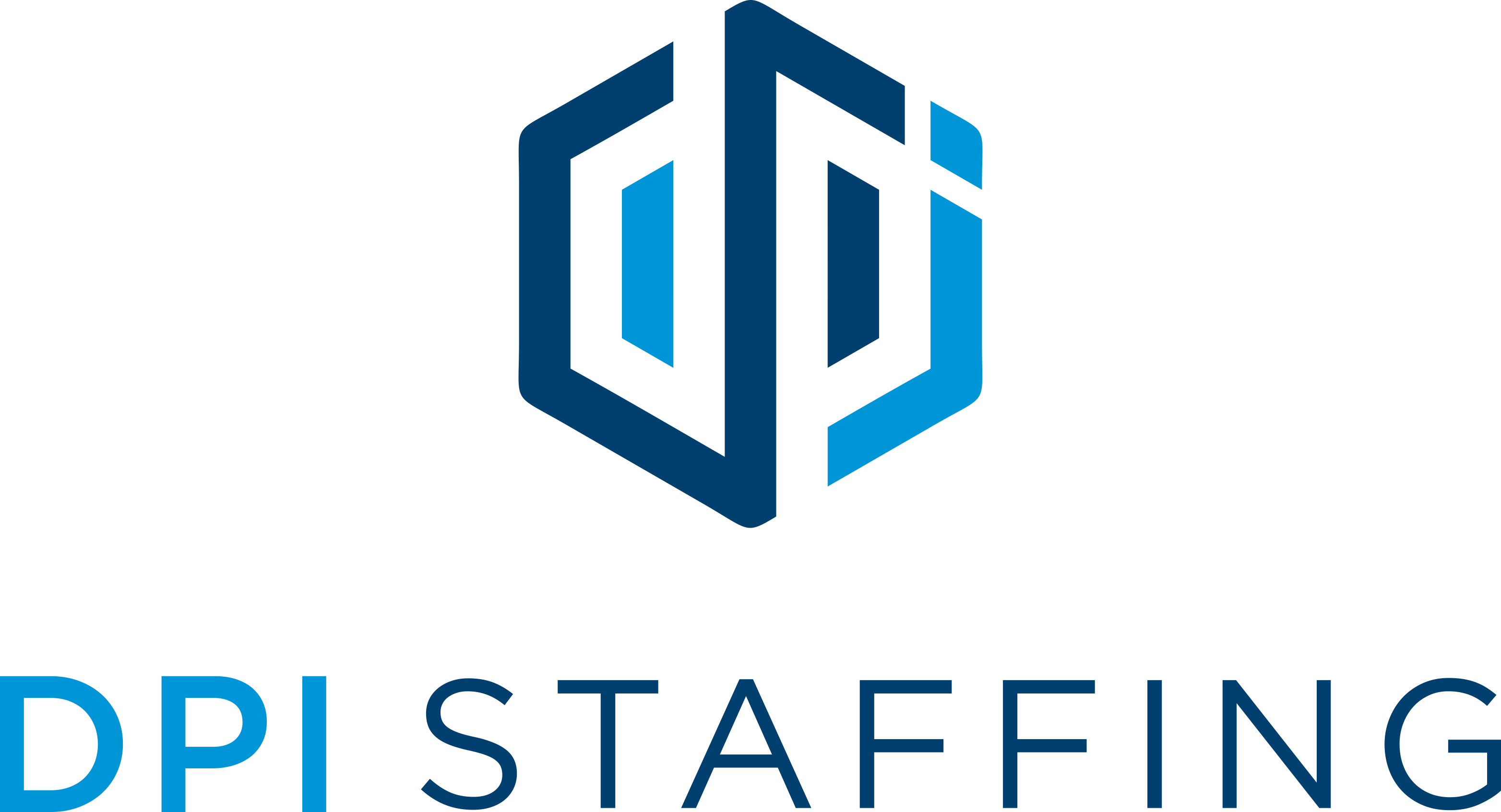The manufacturing industry is currently navigating a complex landscape characterized by a slimming workforce, a slow labor market, and low unemployment rates. According to recent data from the Bureau of Labor Statistics (BLS), these challenges are making it increasingly difficult for manufacturing companies to maintain productivity and meet demand. In this blog post, we’ll explore how temporary staffing solutions can help manufacturing businesses address these issues, providing the flexibility and expertise needed to stay competitive.
Challenges Facing the Manufacturing Industry
- Slimming Workforce
The manufacturing sector has been experiencing a steady decline in its workforce. From 2000 to 2020, employment in manufacturing decreased by over 1.5 million jobs. As older workers retire and fewer young workers enter the field, companies are finding it harder to fill positions. It is projected that over the next decade, nearly 2 million manufacturing jobs will need to be filled due to retirements and other factors. This demographic shift is straining the industry’s ability to maintain a robust workforce. - Slow Labor Market
The labor market for manufacturing is sluggish, with fewer job seekers available to fill open positions. In 2023, the manufacturing sector reported an unemployment rate of just 2.7%, indicating a tight labor market. This slow movement results in longer hiring times and increased competition for skilled workers, further complicating staffing efforts. Nearly 80% of manufacturers report difficulty finding qualified applicants, highlighting the challenges within the industry. - Low Unemployment Rates
While a low unemployment rate is generally positive, it poses a unique challenge for manufacturing. As of July 2024, the unemployment rate in manufacturing was 3.5%, indicating fewer candidates in the job market. With fewer people looking for jobs, the pool of available talent shrinks. This makes it difficult for companies to find the right workers to meet their needs. This talent shortage can lead to increased competition for skilled labor and potentially hinder growth in the industry.
For more detailed statistics, visit the Bureau of Labor Statistics at bls.gov.
How Temporary Staffing Can Help
Temporary staffing offers a viable solution to these challenges, providing manufacturing companies with the flexibility and resources needed to navigate the current labor market landscape.
- Filling Skill Gaps
Temporary staffing agencies can help manufacturing companies fill crucial skill gaps by providing access to a pool of skilled workers who can step in and contribute immediately. Whether it’s for short-term projects or to cover peak production periods, temporary staff can ensure that operations continue smoothly without long-term commitments. - Maintaining Productivity
By leveraging temporary workers, manufacturing companies can maintain productivity levels despite workforce fluctuations. Temporary staff can be brought in to handle specific tasks, allowing permanent employees to focus on their core responsibilities. This approach helps prevent burnout and keeps production lines running efficiently. - Cost-Effectiveness
Employing temporary workers can be more cost-effective than hiring permanent employees, especially for short-term needs. Companies can save on benefits, training, and other employment-related costs while still accessing the skills and labor they require. This financial flexibility is crucial for managing budgets and staying competitive. - Adaptability
The ability to quickly scale the workforce up or down in response to market demands is a significant advantage of temporary staffing. Manufacturing companies can adapt to changes in production needs, ensuring they are neither understaffed nor overstaffed. This adaptability is particularly valuable in an industry where demand can be unpredictable.
Practical Tips for Integrating Temporary Staffing
- Partner with a Trusted Staffing Agency
Collaborate with a reputable staffing agency that understands the unique needs of the manufacturing industry. An experienced agency can provide workers with the necessary skills and ensure a seamless integration into your operations. - Define Your Staffing Needs
Clearly outline your staffing requirements, including the types of skills needed, the duration of assignments, and the specific tasks temporary workers will perform. This clarity will help the staffing agency find the best candidates for your needs. - Invest in Onboarding and Training
While temporary workers are often ready to hit the ground running, providing a brief onboarding and training session can enhance their productivity and ensure they understand your company’s processes and safety protocols. - Monitor Performance and Provide Feedback
Regularly assess the performance of temporary workers and provide constructive feedback. This practice not only helps improve their efficiency but also allows you to identify potential candidates for future assignments or permanent positions. - Plan for Peak Periods
Anticipate periods of increased demand and plan your temporary staffing needs accordingly. By preparing in advance, you can ensure that you have the workforce in place to handle production spikes without compromising quality or deadlines.
Temporary staffing solutions offer manufacturing companies the flexibility, cost-effectiveness, and adaptability needed to thrive in today’s challenging labor market. By integrating temporary workers into their operations, businesses can fill skill gaps, maintain productivity, and stay competitive in an evolving industry landscape.





